Way back when the Compact Disc (CD) that we know today was being designed by Philips & Sony the designers were constrained by the technology available in the period (1979-1980). Digital recording was already well established in studio complexes using multi-track tapes, what was needed for home use was a medium that the average listener could handle easily, like the move from reel to reel tape to cassette tapes made handling easier, what was needed was a similar transition from the vinyl disc in analogue format to a smaller neater disc in digital format.
The CD was born. Even with the restrictions placed on the designers by the 1980's technology, the CD produced audio so clear and bright compared to the average record, played on the average domestic record player, the differences were obvious immediately, no awkward pickup arms to place carefully on the record, no rumble, no scratches, no stylus to wear out. The CD's future was assured and after 30 years it is still a major source of recorded music for most people.
However, the convenience of the CD its ease of production with 21st century technology has meant that the CD has become just a marketing tool for record companies to fight each other with, to produce the LOUDEST sound in the battle for attention of the younger !music! listeners. We have lost the plot totally in this respect, music (real music) has two principal parameters, frequency, the pitch (key) of the sound, and amplitude (volume) of the sound. The loudest instruments in an orchestra or band are probably the percussion, and a front line of brass, the softest sounds being made by the delicate brush work on a drum skin, or the triangle in an orchestra.
Both these sounds have their place in the music, which means the space between them in volume as heard in the recording studio, should be the same space as heard on the eventual recording, this space is called the dynamic range, the difference between the softest and the LOUDEST sounds in the music. Sadly this is NOT happening, and has not been happening for the last 15 years at least.
Studio engineers, producers are progressively reducing this dynamic range in an effort to produce the LOUDEST overall sound to the consumer, the consumer that is becoming progressively more DEAF to the dynamics in music expects it.
This destruction of dynamics in music had not gone unnoticed by those that remember better times and better music, to this end a group has been formed to try to convince the record producers that dynamics are needed in music, to allow the best listening experience.
If you are interested in joining or just reading up on this subject, might I suggest you visit the web site HERE
You can read more, and even download a program "DR" that you can use to check the music on your system HERE
A brief extract from the site gives us this leader into their mission ...
DYNAMIC RANGE and the end of loudness insanity!
The TT DYNAMIC RANGE METER Plug-in is an open source plug-in (VST, AU and RTAS)
which is perfectly suited for many applications used in modern music production. Additionally we supply the TT DR Offline Meter Software (PC) which will be used for the fast and convenient offline calculation of the official DR value of releases. In this way, anyone involved in music production has a tool for creating more dynamics in their productions.
This is a condition for ending the Loudness War!
For those who are not familiar with this term, here's an explanation: the Loudness War designates the senseless competition between record companies which involves releasing music with increasingly high amounts of dynamic compression (the "compression" of dynamic levels so that originally quiet passages are as loud as the loudest parts of a song). This results in products which are increasingly obtrusive in order to fight for the listener's attention.
-----------------------------------------------------------------------------------------------------------
If you are in music production, or involved with mastering, please remember we like to hear our music correctly, with LOUD highs, and delicate soft lows, just as it would be in a concert hall,
NOT as a weapon between record companies to destroy our enjoyment, and hearing.
PHASE 2 Begins July 2012, by this time record companies that have signed the pledge to reduce compression in their music should be producing CD's with a dynamic range of at least 14dB, or
on lesser ranges (circa 8dB) music with a 6dB headroom to sound the same volume as the 14dB.
!!Great News!! Now all you MAC owners can get DR !!
The MAC (MacOS) has long been a favourite of music makers, it's range of music production tools was always way ahead of the Windows platform until very recently, now there is NO EXCUSE for too much compression for all you MacOS Muso's
Only one change remains now for the MAC users, get to use SPACES in file names, dump that crazy Underscore finally.
(that was just a PERSONAL GRIPE folks)



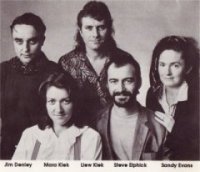
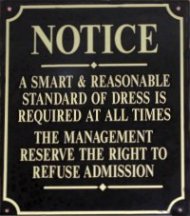.jpg)
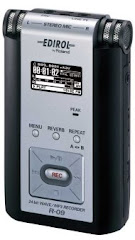.jpg)



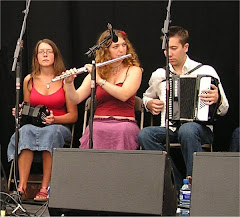
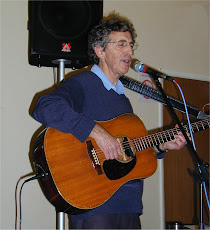
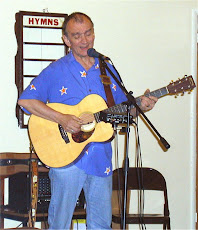
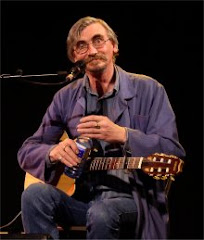.jpg)
.jpg)
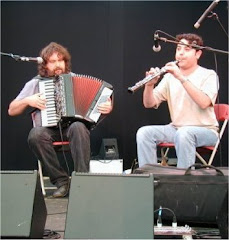.jpg)
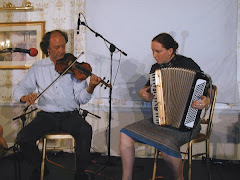.jpg)
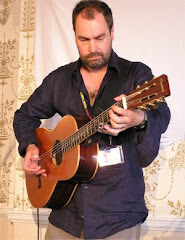.jpg)
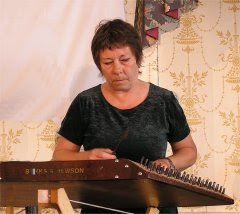.jpg)
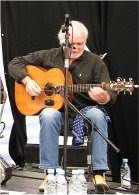.jpg)
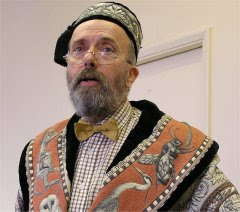.jpg)
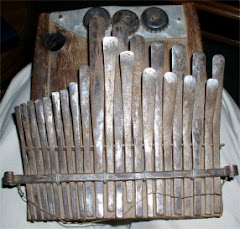.jpg)

